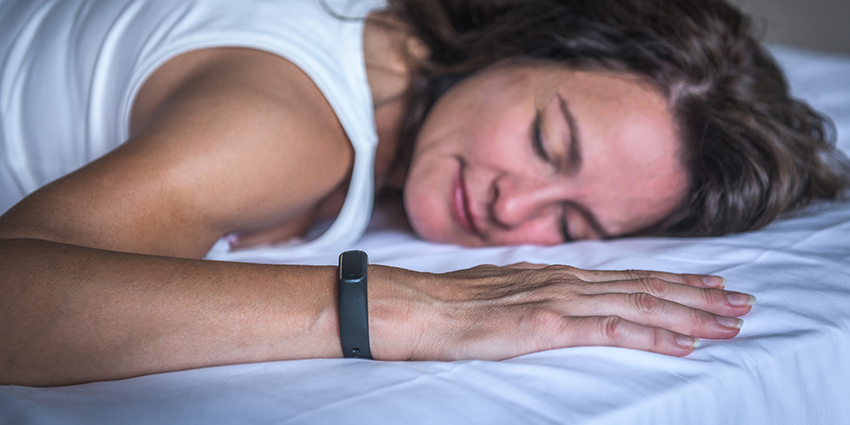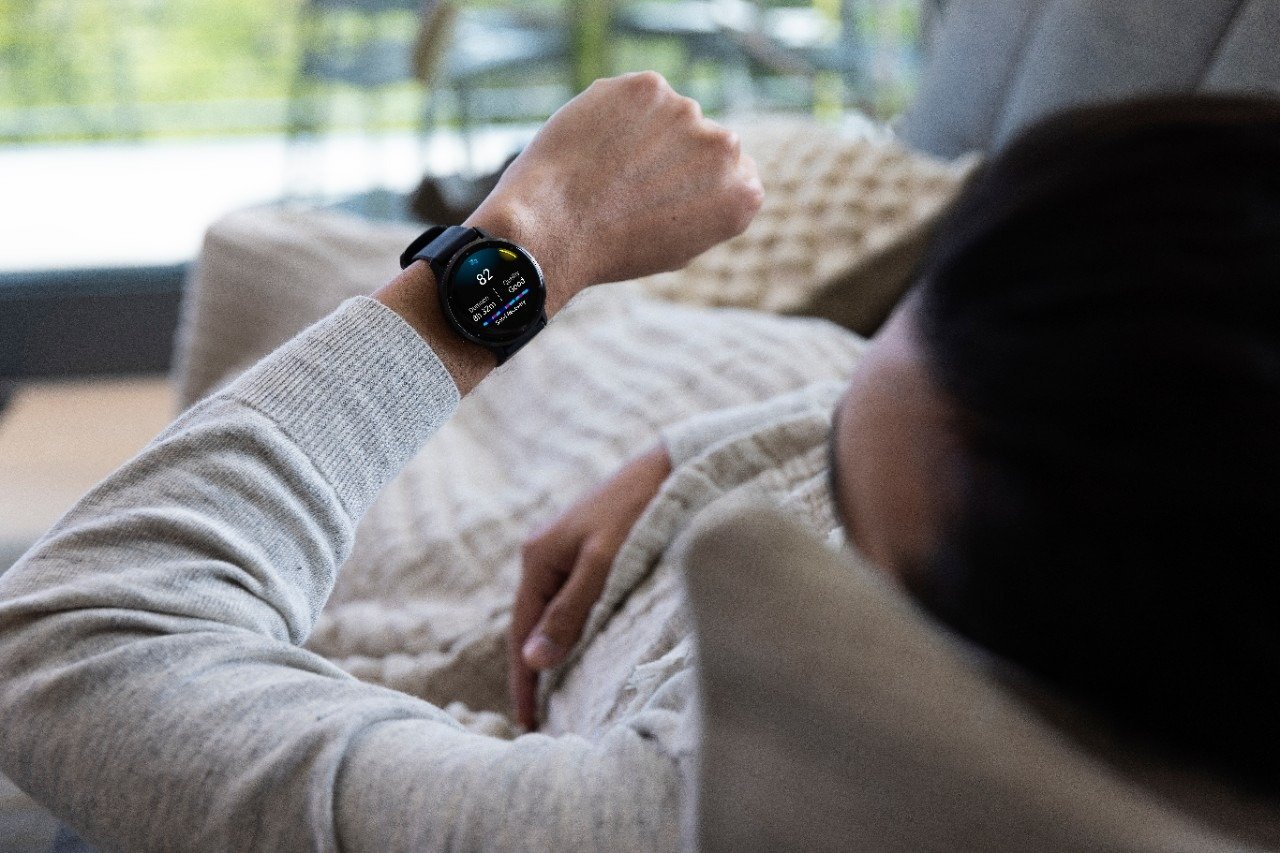
The Study Behind Advanced Sleep
Garmin recently announced Advanced Sleep Monitoring in Garmin Connect, an enhanced capability to more accurately identify sleep stages based on analysis of photoplethysmography (PPG) and actigraphy (ACT) data collected by Garmin wearables featuring optical heart rate. The sleep stage identification algorithm was developed against truth data generated by a clinical device and is the result of a sleep study conducted under the supervision of Dr. Suzanne Stevens, Director of the University of Kansas Medical Center Sleep Medicine Clinic with certifications by the American Board of Psychiatry and Neurology and the American Board of Sleep Medicine.
The sleep study cohort consisted of 67 participants (47 = M, age 35.6 ± 8.3; 20 = F, age 35.9 ± 10.5). Only sleepers using CPAP were excluded from the study; otherwise, all participants identified as having no known sleep-related conditions. Purposefully designed for at-home use, participants used a clinical device capable of assessing sleep architecture in a relaxed environment outside of a traditional sleep lab. The device generated EEG, heart rate, EOG and EMG channels, as well as provided the sleep stage classifications. Respiratory effort and airflow were not measured because these measurements are not required for sleep stage identification.
The truth data was scored by a sleep technician certified by the Board of Registered Polysomnographic Technologists operating under the direct supervision of Dr. Stevens. In addition to the clinical device, participants wore a Garmin wearable on both wrists during the study. Wide bandwidth PPG and ACT data were logged on the devices and post-processed for algorithm development. The clinical device and wearables were time-synchronized, facilitating cross-device alignment of signals and reduction of errors during data analysis.
Garmin intends to publish a paper in a peer-reviewed sleep journal and will publish results based on the production system used by the Advanced Sleep Monitoring in Garmin Connect. Compared to a “leave one out” approach where a machine-learning classifier has the benefit of being trained repeatedly on high-resolution data that would be impractical to gather from users, the Garmin results will be based on a more challenging, real-world scenario in which PPG and ACT data resolution is reduced to improve transmission times with reliance on post-processing by a cloud-based analytics engine to generate the sleep stage classifications.




